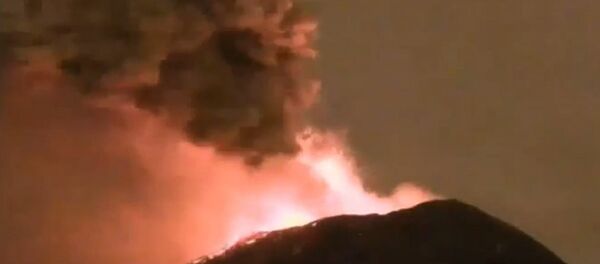The Alban Hills, or Colli Albani as it is called locally, was particularly active between 608,000-351,000 years ago, when it produced massive eruptions of ash totaling some 67 cubic miles, Wired reported.
“This change in behavior is good news for Rome, because the Colli Albani appears to be more regular in the spacing of its eruptions than most volcanoes. In their new study, Marra and team identify dormancy and recurrence intervals for the Colli Albani that, since 608,000 years ago, have varied from 29,000±2,000 to 57,000±4,000 years, averaging 41,000±2,000 years between eruptions and 38,000±2,000 years between periods of renewed activity,” Wired detailed.
“Rome doesn’t have to harbor the same apprehension that Naples must have for the Campi Flegrei and Vesuvius. However, this would be an excellent time to start planning, in case the Colli Albani does decide it is time to wake back up,” Wired suggested.




